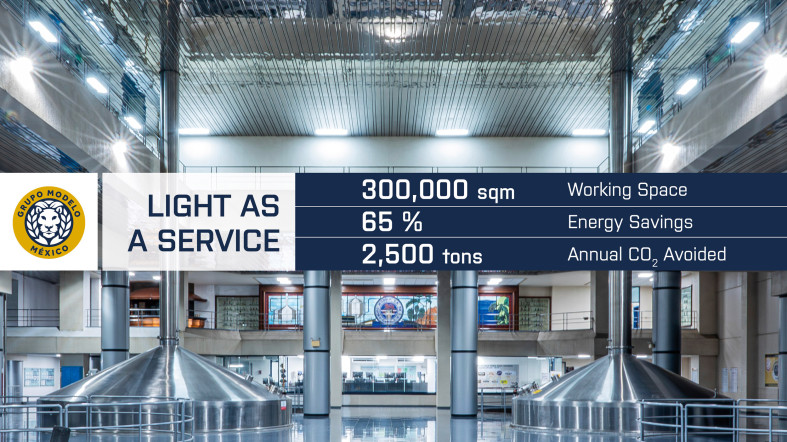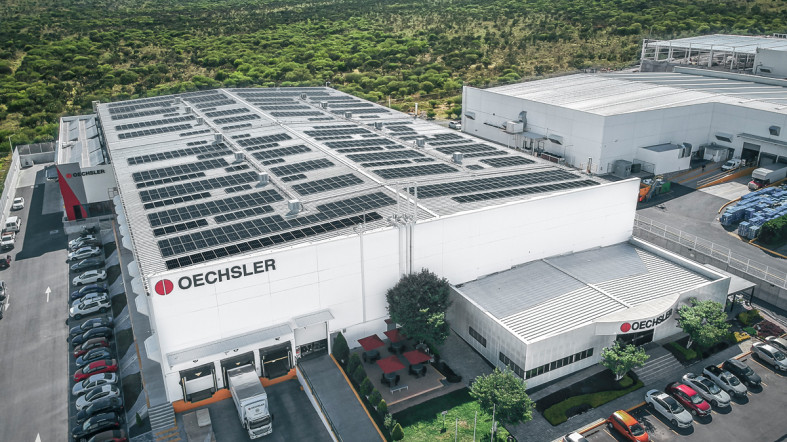2. How electricity is generated (We’ve got your back)
The electricity that is supplied to your facilities comes from many different sources. The largest energy sources for electricity are fossil fuels (coal, natural gas, and petroleum), nuclear power, and renewables (wind, hydro, solar, biomass, geothermal). The relative amounts of each fuel source used have changed over the past few decades, with natural gas displacing coal-fired power plants and heavy investment in renewable energy, particularly wind and solar.
Power plants generate alternating current (AC) power by converting energy sources into electricity. Most power plants use energy from fuels, moving air/water, or underground heat to create steam that powers electric generators. Photovoltaics create direct current (DC) electricity that is converted to AC through an inverter. All this power is delivered first to the electrical grid and then ultimately to your manufacturing plants.

The amount of electricity being consumed from the grid naturally varies throughout the day and year. For example, more power is needed during summer evenings after the heat of the day when people get home from work and turn up their air conditioning. To supply electricity reliably and to maintain grid stability, two kinds of electrical power plants are operating: baseload plants and peaking plants. Baseload plants supply a stable amount of electricity that satisfies the minimum continuous requirements of the grid. Peaking plants can ramp their electricity production quickly and are used to fill in the gaps when baseload plants cannot meet grid demand.
The types of energy used to generate electricity vary based on generating costs, weather, and location. Baseload plants must be highly reliable and produce a steady amount of electricity, which is why they tend to be coal- or nuclear-power facilities. Peaking plants must be able to vary their output quickly, which is why they tend to be natural-gas- or petroleum-powered turbines that can be started rapidly or adjusted easily. Renewable energy sources split the boundary between peaking and baseload sources, depending on the availability of energy storage. Hydro and geothermal energy, for example, can be baseload sources because of their steady energy output. Solar and wind power, however, are used in conjunction with peaking plants, depending on their energy output and weather conditions. As battery storage capacity increases, the lines between peaking and baseload energy producing plants will blur, and fossil-fuel plants may become less common. These changes will accelerate as many coal-fired power plants reach the end of their expected lifetimes and are gradually retired from the generation mix.
No matter where electricity is generated, there must be infrastructure to transport it to your facility. The connection between generators and your facility is called the grid. The grid consists of substations that step voltage up or down, transmission lines that carry power over long distances, and distribution lines that connect to individual customers.



